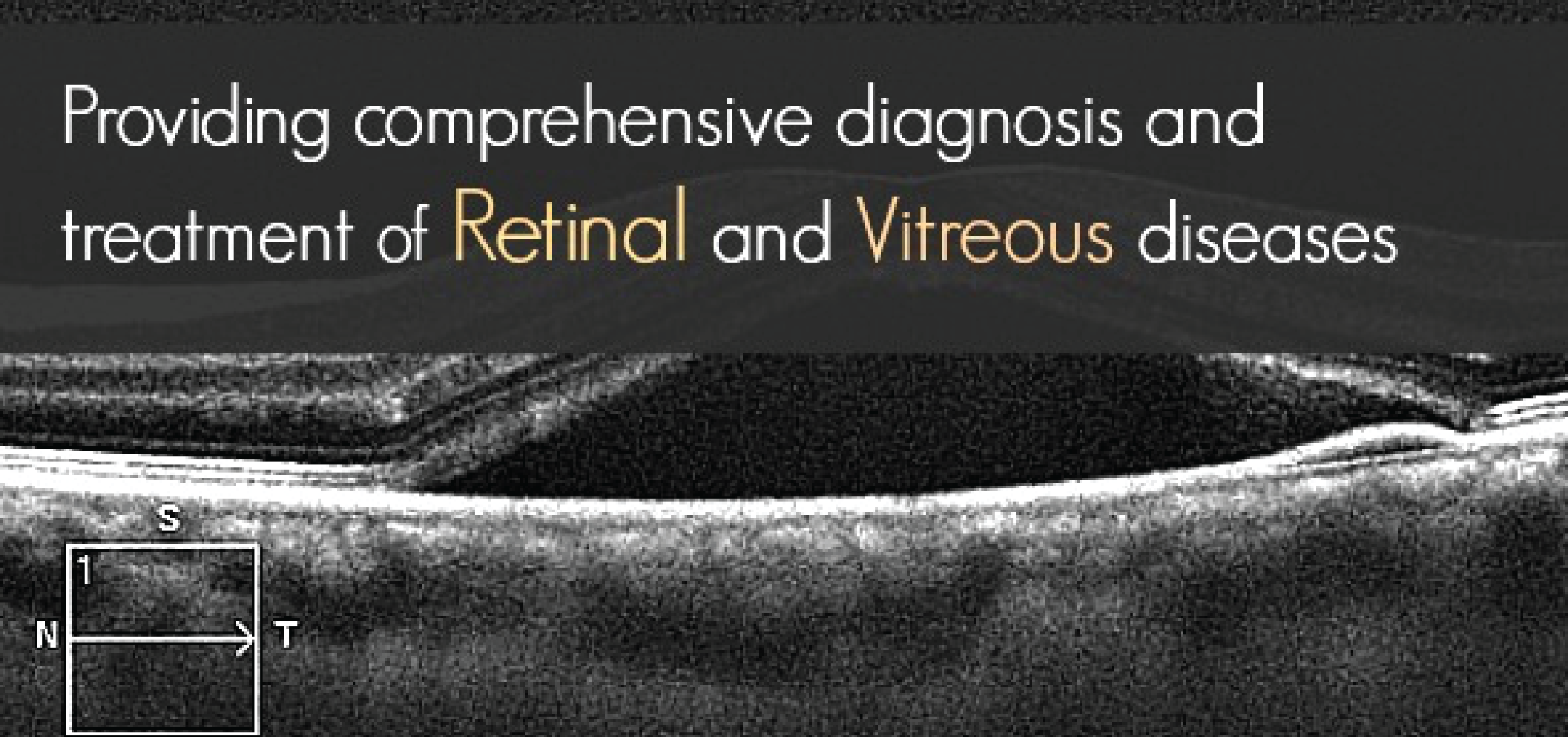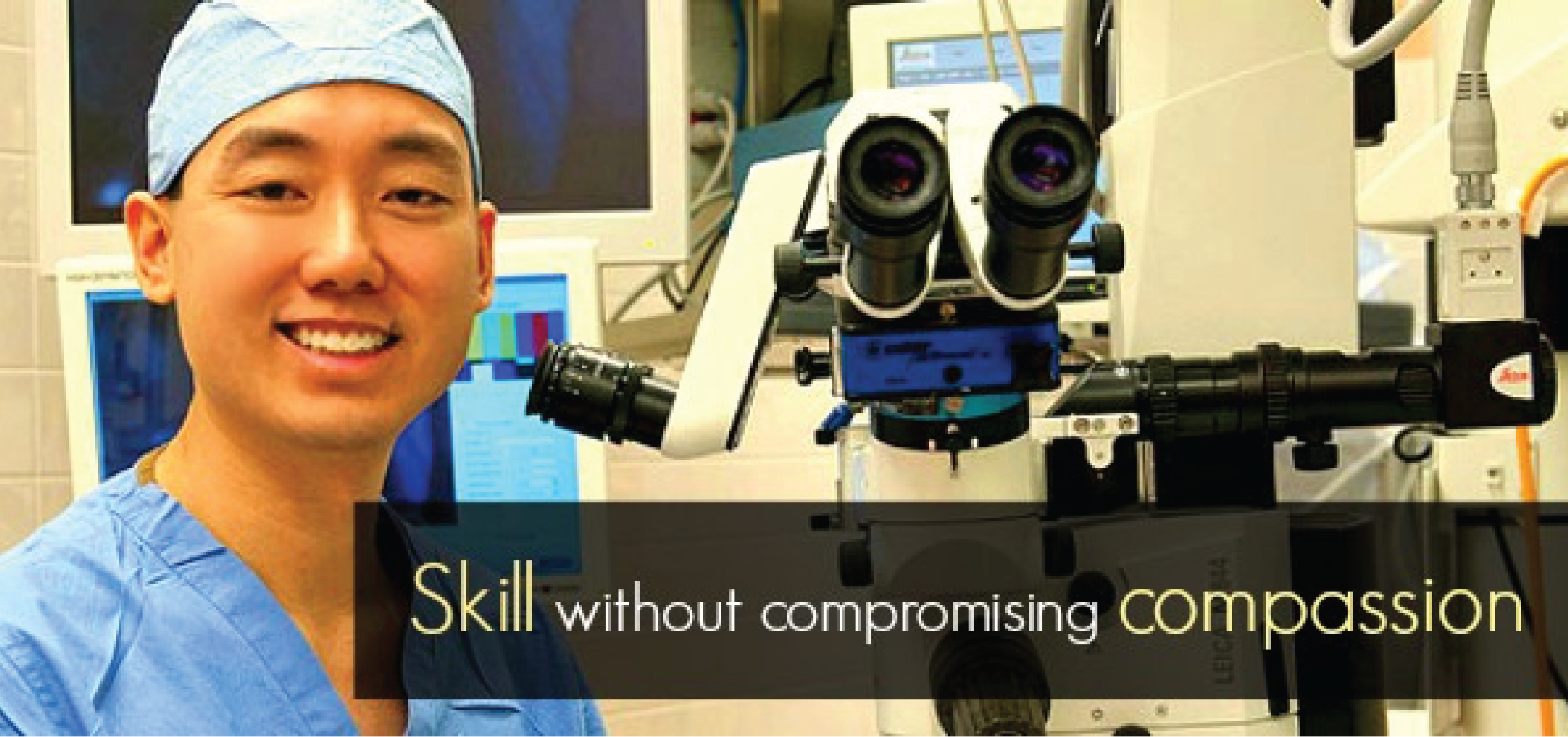Pneumatic Retinopexy
Pneumatic retinopexy is an in-office procedure used to repair certain types of retinal detachments. The procedure begins with the physician applying anesthetic around the outside of the eye. Then typically cryotherapy (freezing treatment) is applied on the white part of the eye (sclera) over the area of retinal tear(s). Patients may experience light flashes and an “ice-cream headache” during this portion of the procedure. Next a gas bubble is injected into the back of the eye. The gas bubble acts to tamponade the retinal break that caused the detachment and allows the fluid beneath the retina to reabsorb. The gas bubble remains in the eye for 4-6 weeks. While the gas bubble is in the eye, the physician may have the patient position his/her head in a certain manner to maximize the chance of success. While the gas bubble is in the eye, the patient may not fly in an airplane or go to high elevations which can raise the pressure inside the eye. The patient is also prohibited from receiving nitric oxide gas anesthesia while the bubble is in the eye as this can also alter the pressure inside the eye.
After the procedure, the eye is typically red and swollen and may be sore for a few days.
Pneumatic retinopexy has a single-procedure reattachment success rate of around 80%. If the procedure does not work, then this procedure does not prevent the physician from being able to repair the retina in the operating room.
Pneumatic retinopexy is a safe procedure, but there are small risks of the procedure including bleeding, infection, cataract, retinal tears, high eye pressure, eye discomfort, and the need for a second procedure. The instillation of a gas bubble can accelerate the formation of a cataract and subsequent cataract extraction may be required for a patient to see at his/her best.








